Background
It doesn't matter which experiment generator you use to run your computer-based psychology experiments the Black Box ToolKit TTL to USB Keys Module helps with receiving basic TTL event marks as standard keyboard key presses or keystrokes.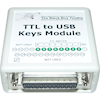
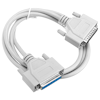
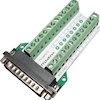
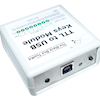
TTL to USB keys module key features
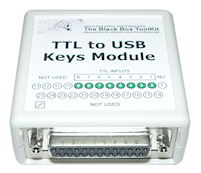 Designed as a simple and easy
to use way to get TTL event marks into your software, the TTL to
USB Keys Module allows you to check for key presses, or key
strokes, that represent a TTL event trigger from your equipment,
e.g. a sync pulse in fMRI, EEG event trigger, Eye tracker Area of
Interest (AOI) etc.
Designed as a simple and easy
to use way to get TTL event marks into your software, the TTL to
USB Keys Module allows you to check for key presses, or key
strokes, that represent a TTL event trigger from your equipment,
e.g. a sync pulse in fMRI, EEG event trigger, Eye tracker Area of
Interest (AOI) etc.Plug into a USB port on your PC and our TTL to USB Keys Module will appear as a second USB keyboard. Works out of the box with experiment generators like E-Prime, SuperLab, Presentation, Inquisit, PsychoPy or any other software that can work with a standard USB keyboard. When triggering from MRI, EEG, ERP, MEG systems simply wait for a pulse that has been converted to a key press.
All TTL to USB Keys modules ship with a USB host lead. An optional breakout board enables you to wire your own cables before making them permanent.
*Remember although our TTL to USB Keys Modules hardware is millisecond accurate and helps you utilize simple keyboard keystroke event marks in your experiments it cannot automatically correct for any mistimings that are inherent within the experiment generator or other hardware you use.
For example, if your experiment generator does not check for keyboard presses, or keystrokes, in a timely fashion because your OS intervenes, or an anti-virus check runs, your event marks will remain inaccurate regardless of the quality of the event marking device. What | Why | How
For self-validation you should independently check the accuracy and consistency of your experiment generators presentation and response event marking with a Black Box ToolKit v3 together with a BBTK TTL to USB Keys Module.
To independently TTL event mark stimuli and responses with sub-millisecond accuracy you should use our mBBTK v2. The unique mBBTK v2 takes over all timing and event marking duties from any experiment generator so you can be 100% sure of your presentation, synchronization, response timings and event marks.
Key features
|
|
Example usage
Using the BBTK USB TLL event marking module is easy. Any software that can accept standard keystrokes from a USB keyboard can accept TTL event marks as they are simply typed as USB HID keystrokes as if they had been typed on a standard keyboard. For example, TTL input line 1 going high would type a number "1" and when line 1 goes low the key would be released. Whilst TTL line 1 was high, or on/active, the keystroke would be held down as if you had kept a key pressed down on a keyboard. This enables you to measure duration. The TTL to Keys Module can also be used with other Black Box ToolKit products. For example, a BBTK v3 or mBBTK v2 could trigger a TTL signal when an on-screen stimuli was detected resulting in a keyboard keystroke, e.g. a "1" when line 1 was active.
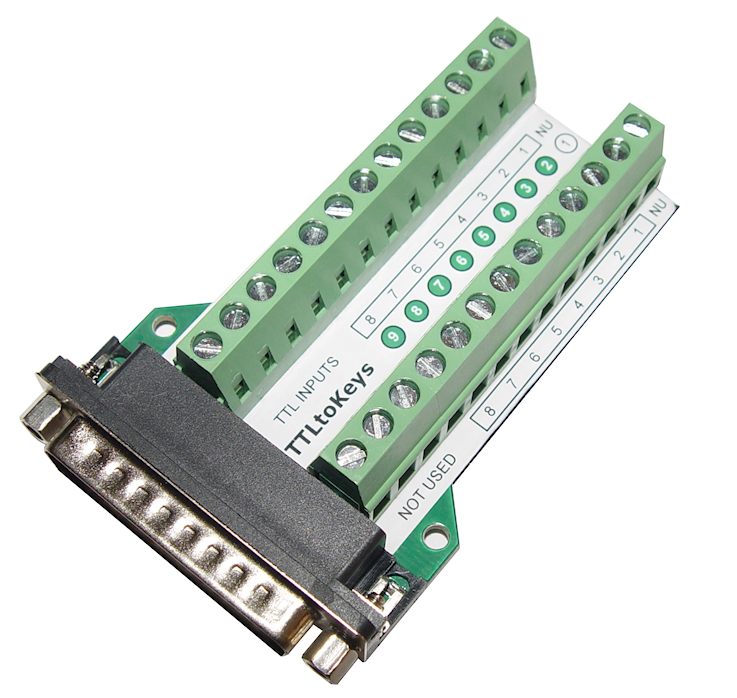
|
Breakout boardA breakout board lets you quickly and easily connect individual TTL lines before making a permanent connection. |
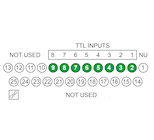
|
PinoutsInput Pins 2~9 shown in GREEN correspond to TTL Lines 1~8. Pin 25 is ground. |
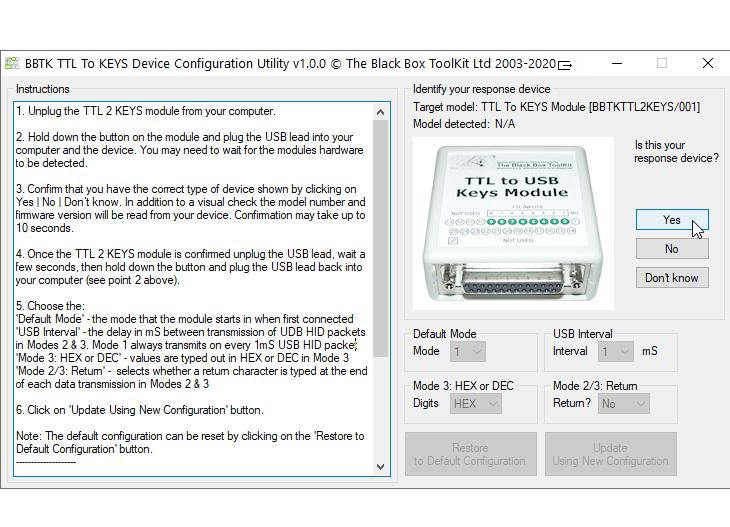
|
Configuration utilityConfiguration software lets you set default mode of operation and other user configurable options. |
Technical specifications
|
|
*Remember although our TTL to keys USB modules are millisecond accurate they can't automatically correct for any mistimings that are inherent within the experiment generator you use.
Unless otherwise labelled, all products offered for sale by The Black Box ToolKit Ltd are for academic study and/or research use only.

